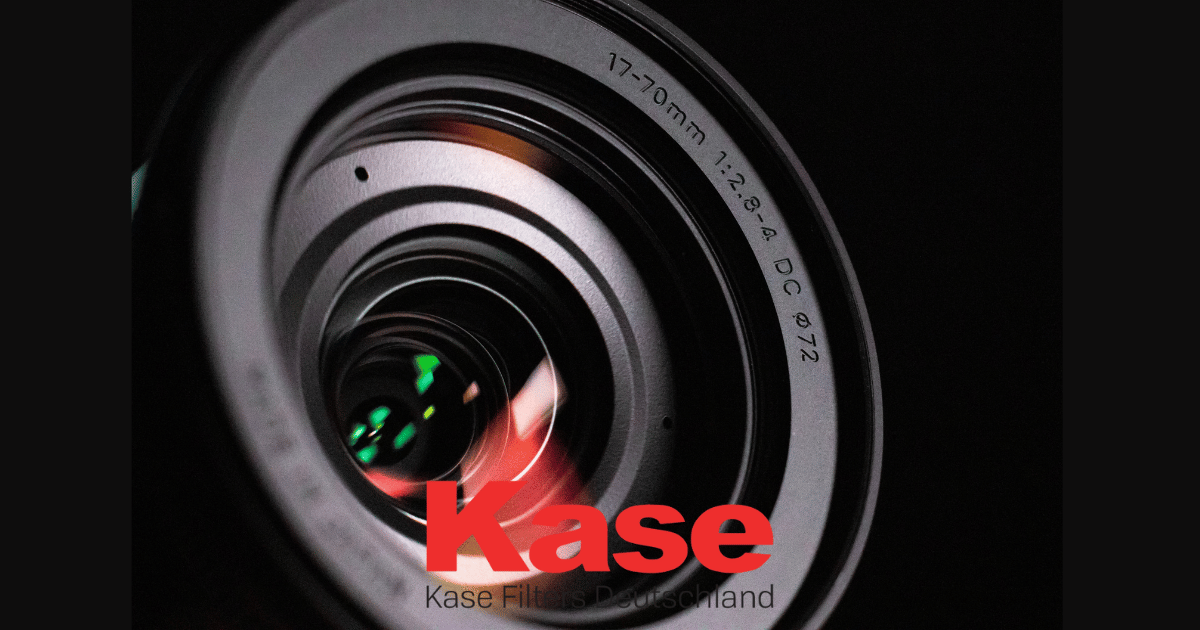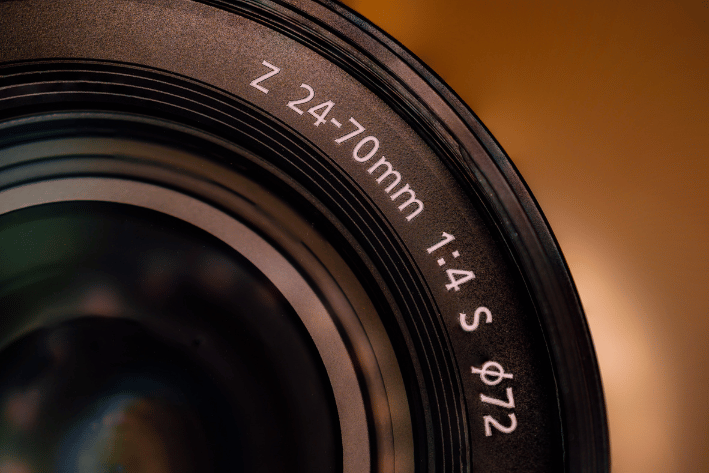General

How to choose the right filter size for your camera lens?
So you have decided to upgrade your photos with some nice ND, GND or CPL camera filter but are not sure how to choose the correct size. The good news is: you don’t need to pick up your ruler just yet. Luckily most lenses will tell you immediately what you are looking for.
Where can I find the filter size on the camera lens?
Almost every camera lens has its diameter printed on it. After finding out the lens diameter, you only need to pick a filter whose size is a match.
Grab your camera or filter and search inside the rim or outside the lens and you should spot it. Have in mind that sometimes it may get trickier to read the diameter since it may be engraved instead of printed. Even though it, should be easy to find.

What is the lens diameter and how to distinguish it from the focal length?
Some lenses will have a lot of information and numbers printed on them, so be careful to find the correct number before you decide to buy those filters you have been waiting to get. Once you find the number, always make sure to get the filter with the exact corresponding measurement. A Ø58mm filter will not fit a Ø62mm lens.
Lens Diameter – Look for Ø symbol
The lens diameter is, in a nutshell, the number that will show after the symbol Ø. This number is shown in mm and it’s usually standardized. It measures the length of the front part of the lens when measuring from one side to the other and passing the center. The part of the lens is where the filter will be attached or screw-in.
Focal Length – Also in mm but do not have the symbol Ø
The numbers referring to the focal length will appear differently than the diameter. The information they provide is how much of the scenery will be captured or magnified. This is also stated in mm, for example: 17-40mm.

What are the most common camera lens sizes?
Even though there are many different sizes of camera lenses, a certain selection of diameters is actually considered standard, meaning that you can easily get great filters producing different effects for them.
Example of common camera lens diameters: 43mm, 49mm, 52mm, 44mm, 58mm, 62mm, 68mm, 72mm, and 77mm
Is the lens diameter visible on all the cameras?
Most cameras from common brands have the lens diameter or size printed at the end of the lens. Sony, Nikon, Sigma, Canon and many other brands make it very easy to read.
How to find out the camera lens size if it’s not written on it?
It may happen that the lens diameter number is not visible anymore or simply was never printed on a certain lens. In this case, you can either opt for trying different filters (in case you have them) or pull out a measuring tape or ruler.>
Measure your lens diameter with a ruler
If you need to measure your camera lens diameter manually, follow the instructions bellow.
Take an exact measurement of the diameter as shown bellow (from one side of the threaded area inside rim to the other, passing the exact center or the lens). This will then give you your exact lens size which should correspond to the filter diameter as well.
Check the user manuals that came with your camera or lens
It’s very possible that you will find the diameter of your camera lens on the user manual or even on the manufacturer’s website.
How to choose a filter for a non standard lens size?
Some camera lenses don’t match the most common lens diameter or sizes. If this is the case, you can probably easily buy an attachment separately for that specific camera where you can then adjust your filters.
Can you use a filter in a lens without a thread?
Some lenses may not have a filter thread but this does not mean you cannot still use a filter with them. This can be more common in cheaper lenses or simply some special lenses that are just not designed with it.
If this is your case, you can opt for a filter holder system, which allows mounting filters on the outside of the camera lens and don’t require a thread. These systems also allow mounting several filters at the same time in order to get different different effects.
Read more about:
Some cameras lenses without a thread may also take a special type of filter – rear mounted filter – which attaches at the mount point on the other end of the lens.
Get the perfect filter size and upgrade your camera lens
Getting a filter to improve your photos or simply capture some special effects may be a big investment so you should make sure to get it right from the start.
- Check your camera lens or user manual to get the right lens diameter, marked with the symbol Ø;
- Get a filter that matches this diameter and make sure it can be attached to the lens – choose wisely between screw-in and magnetic filters;
- If your camera lens size is not standard, get a filter holder system to combine your favourite filters;
- Mount the filter properly and make sure not to tight it too much or too little. Some materials can easily break so keep it tight to the point.
- Take amazing pictures!
